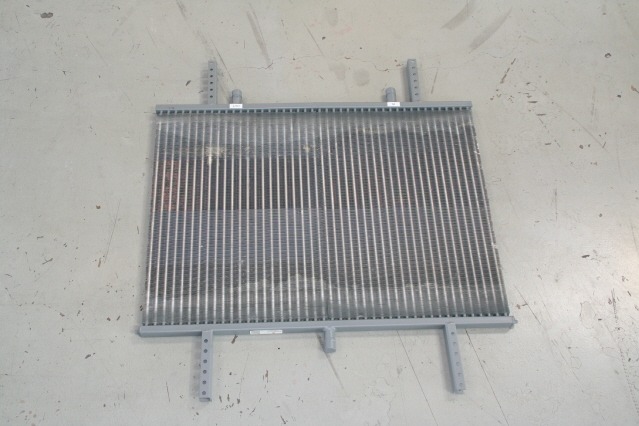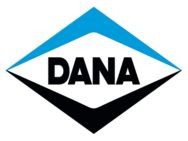Mobile oil coolers need to be durable, rugged, flexible and reliable. With that in mind, our mission to supply Texas with its heat exchanger needs came down to one brand and one brand only.
Our line of heat exchangers from Young Transmission do every job efficiently, and provide simple solutions to complex cooling problems. The mobile oil coolers come in eight standard sizes, each of which can be piped at installation in one or two pass oil flow arrangements, and boast performance ranges of 100 GMP oil flow and heat transfer capacities from 5,000 to 350,000 BTU per hour.
The result is low cost oil cooling systems with minimum oil pressure drop and low air flow resistance.
When mounted in front of in rear of engine cooling radiators, the MOC coolers make effective dual use of vehicle’s existing:
- Air stream
- Cooling hydraulic transmissions
- Torque converters
- Fluid power systems
- Lube oil
- Fluid couplings
- Hydrostatic drives
- Power steering
And when remotely mounted, Young MOC-8 heat exchangers can be used with any external air flow system for cooling process fluids.
Young’s been doing this for more than 75 years. So here are some of the superior construction elements that make Young’s heat transfer and exchange equipment so effective:
- Core: Basically, the core is the heat transfer surface, built from round steel tubes that can withstand multiple pressure shocks, plus a handful of aluminum allow fins and welded tubular steel manifolds. There’s also a permanent bond between fins and tubes, forged by mechanically expanding the tubes into specially formed fin collars (this provides double-walled continuous metal heat transfer surfaces).
- Turbulators: Young’s turbulators are inserted into each tube, which eliminates laminar oil flow. The result? Improved heat transfer by more than 100 percent.
- Mounting Brackets: Four steel “U” section outrigger brackets form the MOC’s mounting brackets. The small, but critical pieces come with multiple mountain holes to allow for maximum positioning ability.
- Connections: Young MOC heat exchangers feature both inlet and outlet oil connections with male dryseal threads. This creates a more efficient fluid flow, while still maintaining minimum pressure drop.
- Manifolds: The MOC’s manifolds are electric welded, heavy-gauge tubular steel manifolds that have drain-vent connections and plugs.
Contact our clutch & transmission experts for more information.



























Thank you for detailed information. I also would like to know what the other key differences are in the areas of chemical inertness, corrosion resistance, permeability, and FDA approval for Heat Exchanger materials.